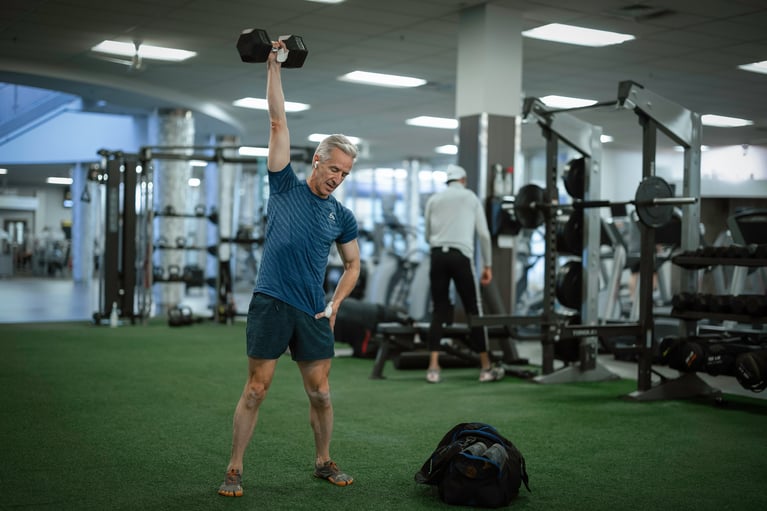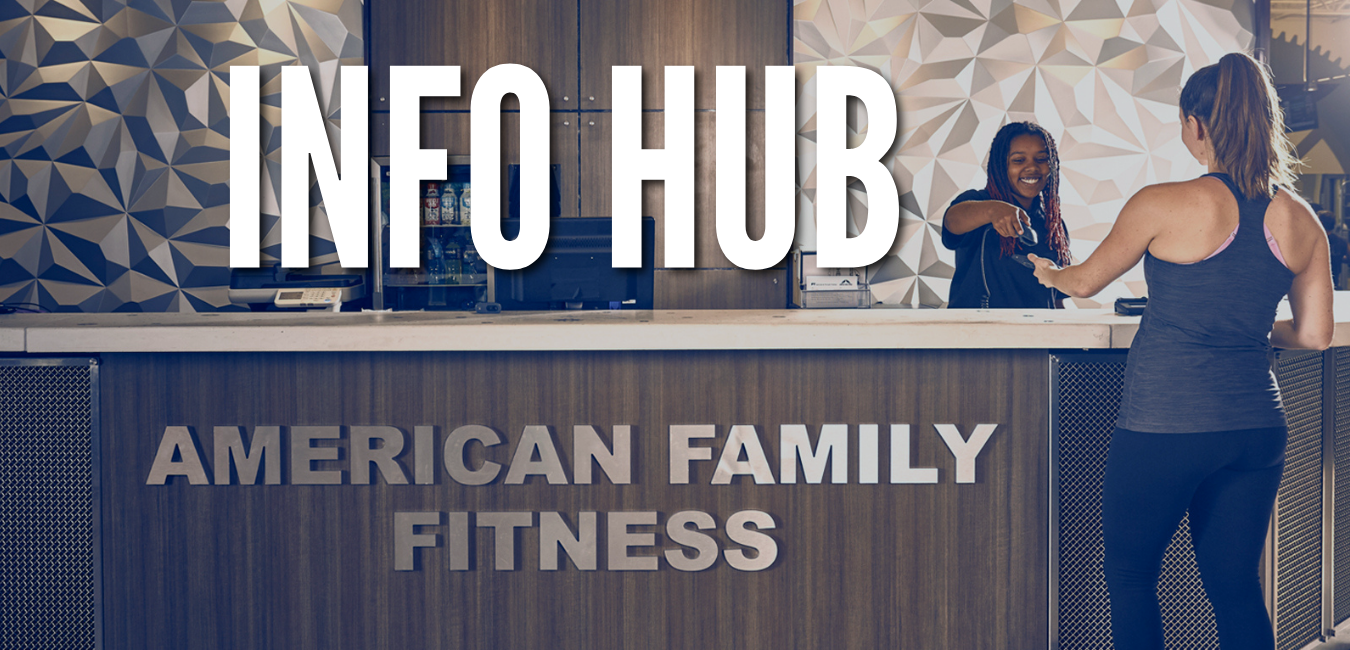
New blood pressure guidelines were announced on Monday, November 13 at the American Heart Association Conference in Anaheim, California. Hypertension, or high blood pressure, is now defined as having a systolic pressure (the top number) of 130 and a diastolic pressure (the bottom number) of 80 or higher. In comparison, the previous guidelines were 140 over 90. Under the new guidelines, the number of adults with high blood pressure will increase from 72 million to 103 million. High blood pressure, also called the silent killer, is one of the leading factors for heart disease and stroke.
NEW Blood Pressure Levels for Adults and Kids > 13 years old |
||||
| Category | Systolic | Diastolic | Result | |
| Normal | < 120 | And | < 80 | Good for you!
|
| Elevated | 120-129 | And | <80 | Your blood pressure could be a problem. Make changes in your diet, be physically active and lose extra weight. Have your blood pressure monitored a few times a month. If you have diabetes, see your doctor. |
| Hypertension Stage 1 |
130-139 | Or | 80 – 89 | Schedule an appointment you’re your doctor. Make changes in your diet, be physically active and lose extra weight. Treatment with medication is recommended for certain groups, such as those with diabetes. |
| Hypertension Stage 2 |
³ 140 | Or | ³ 90 | You should call your doctor to schedule an appointment as soon as possible to determine treatment options. |
What is blood pressure?
Blood pressure is measured by two numbers, systolic blood pressure (the upper number) and diastolic blood pressure (the lower number). The systolic pressure refers to the pressure in your arteries when your heart is pumping. Diastolic pressure is the pressure in your arteries when your heart is resting. Blood pressure changes through the day depending on your activity, stress level, and other factors. When blood pressure is too high and remains that way, your artery walls become weakened and are more prone to plaque buildup. The heart must work harder to pump blood through the clogged arteries.
Know Your Numbers
Everyone should have their blood pressure checked yearly by a health professional. Having your blood pressure checked regularly is the only way to know if you have high blood pressure since there are typically no symptoms associated with hypertension. That’s why it is called the silent killer. Diagnosing high blood pressure requires 2 or 3 readings on at least two occasions. Measuring the pressure in the upper arm using an automated device will usually provide the most accurate reading.
Six Ways to Improve Your Blood Pressure
Some people require medications to control high blood pressure, but the majority can improve their blood pressure without medication by losing weight, getting regular exercise, quitting smoking, cutting back on alcohol and eating a healthy diet that is low in fat and sodium and high in fruits and vegetables.
Specifically, the following nutrition, exercise and lifestyle practices can help lower blood pressure:
- Reduce sodium intake to less than 1500 mg per day. The most significant source of sodium in the diet is table salt. Just one teaspoon of salt contains 2,300 milligrams of sodium. So, skipping the salt shaker is one of the most important things you can do to limit your sodium intake. Another way to cut back on sodium is to consume more fresh foods, which are naturally low in sodium, and less processed foods, which often contain high amounts of sodium.
- Eat more fruit and vegetables. Eating 8-10 servings of fruits and vegetables, as prescribed in the DASH (Dietary Approaches to Stop Hypertension) diet, can lower systolic blood pressure by about 11 mm Hg and diastolic blood pressure by almost 6 mm Hg (Note: Blood pressure is measured in millimeters of mercury (mm HG)).
- Reduce total fat and saturated fats in your diet. Eating too much fat, especially saturated fat, increases person’s risk for heart disease. Saturated fat is the type of fat found in animal foods, like the fatty cuts of meat and poultry, butter, cheeses, egg yolks and whole milk, Instead, enjoy small amounts of “healthy fats.” Healthy fats include monounsaturated fat, which is found in olive oil and canola oil; and omega-3 fatty acids, which are found in seafood, walnuts, and flaxseed. Omega-3 fatty acids appear to have a modest effect in lowering blood pressure, which is related to DHA, one of the two main omega-3s found in fish.
- Limit alcohol intake. It is estimated that 5-7% of high blood pressure is caused by drinking too much. On the days you drink, limit your intake to no more than two drinks per day for men and no more than one drink per day for women.
- Achieve a healthy weight. If you are overweight, your risk of developing high blood pressure is 2-6 times greater than someone who is not overweight. For every extra pound of fat that you carry, your heart has to pump blood through an additional 200 miles of blood vessels. The longer a blood vessel, the greater the resistance as blood flows through it, or in other words, the higher your blood pressure. The good news is that it doesn’t take much to make a difference. Studies show that losing just 10 pounds can make a big difference.
- Increase physical activity. Those who are sedentary are 30-50% more likely to develop hypertension. Regular exercise, on the other hand, has been found to help lower blood pressure. While the mechanisms involved in exercise-related blood pressure reduction are unclear, there are many theories. One is that exercise increases the size of the heart muscle and its chamber volume, and greatly improves its efficiency, and these factors play a role in maintaining a normal blood pressure. Aerobic exercise has also been shown to improve a condition called insulin resistance and reduce insulin levels. Insulin resistance and hyperinsulinemia are both believed to contribute to high blood pressure. To avoid or reduce an elevated or high blood pressure, incorporate regular, moderate-intensity endurance exercises, such as walking, 30 minutes every day.
Other ways to improve blood pressure levels include:
- Quit smoking if you smoke
- Reduce Stress
- Get a good night’s sleep
Getting Started
Knowing what to do is the first step towards making a lifestyle change, but actually making the necessary changes can be hard. If you would like some help, email our Nutrition Service Department to schedule an appointment with one of our registered dietitians. We have several nutrition counseling options available to our members and also have options for non-members.
Pam Speich is the Director of Nutrition Services at American Family Fitness in Richmond, VA. She graduated from Carson Newman College with a B.S. Degree with Honors in Foods and Nutrition with an Emphasis in Dietetics. She completed her dietetic internship at Vanderbilt University Medical Center and earned the credentials Registered Dietitian (RD) in 2000. Pam’s experience includes clinical pediatrics, wellness research/writing, public speaking, nutrition counseling, wellness program development, sales and marketing, and food labeling including nutrition facts panels, ingredient statements and allergen declarations. Send Pam an email to schedule a nutrition counseling appointment.
Article contributed by Geraldine Chapman
Geraldine Chapman is the Director of Information Marketing & Social Media at American Family Fitness in Richmond, VA. She’s been in the fitness industry professionally since 1997 as a personal trainer, group fitness manager, and fitness instructor. She has trained and certified in multiple fitness programs over the years. Her favorites to teach are barre, Active®, Blast®, and Power®. Geraldine graduated from Virginia Commonwealth University with a B.A. in Communication Arts & Design. She is also a Certified High-Performance Coach and Applied Neuro Strategist. She is passionate about researching autoimmune diseases and how lifestyle, fitness, nutrition, and mindset play a vital role in the prevention and management of autoimmune issues. When not working, you can find Geraldine with a camera in hand, enjoying quality time with her family and riding her motorcycle around town.







